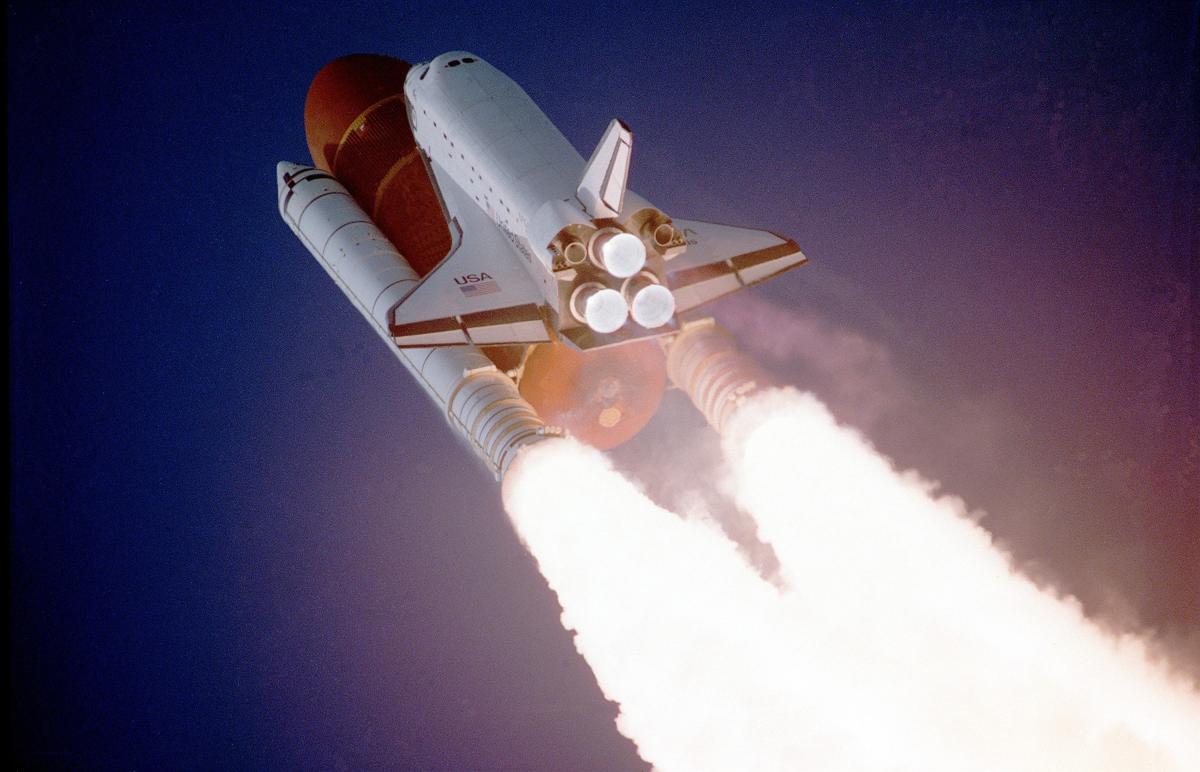
Precious Cargo: A Safer Landing
In this unit, students will study the effects of atmospheric pressure and air resistance on objects to engineer a landing apparatus to land cargo in space. They will then write a Claim based on Evidence and Reasoning (CER) to showcase their best prototype. This unit ideally requires four to five days for full implementation, but includes accommodations for a two day simulation.
Lesson Grade Level
6th GradeLesson Plan Link/URL
https://docs.google.com/presentation/d/1VgbQbcO48PhaZ15y8DTg8EZml4qZLU46/edit?u…Subject Area
Science Physical Science P3: Net Force Engineering S2: Apply the Engineering Design Process S3: Apply Mathematics to Engineering S4: Apply Science to Engineering Mathematics The Number System (NS) Statistics and Probability (SP) English Language Arts (ELA) Reading (Informational Text) WritingRelated Content

Understanding and studying energy transfer produced by molecules collisions can be difficult and abstract for them. To make it easier for them to visualize, creating a Newton's Cradle will help them

This is the 3rd part of the lesson series where students will determine the thrust and stability of their water bottle rockets to answer their essential question: Using the Design Process how can we

Students will design and build their own popsicle stick catapults, exploring principles of force, motion, and engineering. This lesson does have a Halloween theme to it, but can be modified is needed.